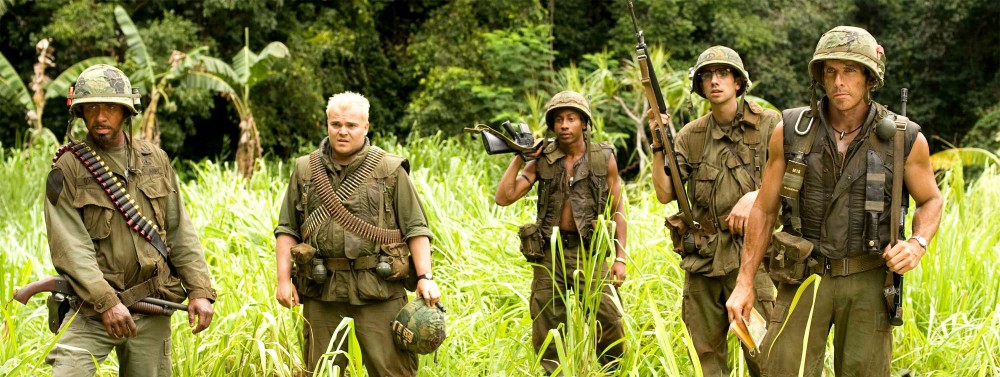Directed by Renny Harlin, Deep Blue Sea is a skillfully thrilling shark movie that stands apart from other films in its genre. Film critic, Robert Ebert, wrote that he “admired the sheer professionalism of this one as it doesn’t transcend its genre, but at least honors it.” Having also directed Die Hard 2 and Cutthroat Island, Harlin constructs a tasteful package of sharks, suspense, and special effects in this 1999 film.
In an attempt to find a cure for Alzheimer’s disease, a scientist (Saffron Burrows) develops a way to use shark brain tissue to regenerate the human brain. Underwriting the research, a large corporation conserves a deep-sea laboratory that includes underwater living and research areas, not to mention vast shark corrals. In the opening scene, one of the sharks escapes the research center and tries to attack a boat inhabited by two young couples. During the first experience of watching this film, one would assume that it’s a classic shark-movie situation: “Jaws-like” nineties music, isolated teenagers in the middle of the ocean, accidentally spilling a bottle of wine in the ocean to foreshadow what’s to come next. The head of the corporation (Samuel L. Jackson) meets the rest of the key characters when he pays a visit to the laboratory. The cast includes a shark wrangler (Thomas Jane), a religious cook (LL Cool J), and other crew members: Jacqueline McKenzie, Aida Turturro, Stellan Skarsgard, and Michael Rapaport.
While some of these characters do not make it through the end of the film, the timing and manner of their attacks are perfectly interlaced throughout the distressed plot of attempted escape. Between storms, explosions, and numerous floods, the characters are forced to find their way out of the underwater lab, endangered by water pressure and sharks, along with an increasing flood line.
Deep Blue Sea takes a scientific spin on this classic genre. As experiments go wrong, the sharks become five times smarter as a result. Instead of behaving in typical ways, the sharks become increasingly smarter, forcing the characters to creatively scheme if they want to survive.
While the film’s special effects are advanced for the time period, unexpected moments are bountiful and executed with quickness and precision – leaving the audience pleasantly surprised. Whether viewing this film for the first time or your tenth, you will find hat the pace of the film is so incredibly ceaseless that it seems there is never a lull in the storyline. The non-diegetic score is compelling and effectively adds to the suspense, and even includes two tracks by LL Cool J himself. Written by Duncan Kenedy, Donna Power, and Wayne Powers, the screenplay is quick, clever, and includes just the right amount of memorable, quotable lines.
Powered by exceptional displays of physical cinematography, Deep Blue Sea is a must-see for audiences who appreciate a well-staged Spielbergian masterpiece. For those who haven’t yet had the pleasure of viewing this film, my parting advice is to sit back, relax, and enjoy it for what it is: an entertaining big-fish thriller that still has the power to surprise.
